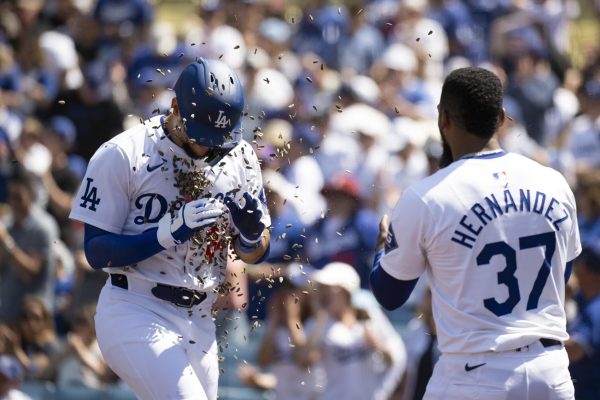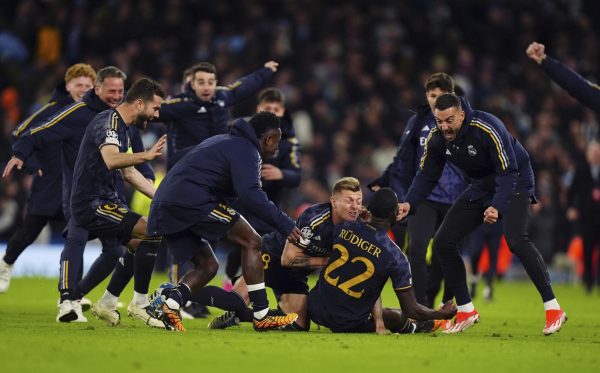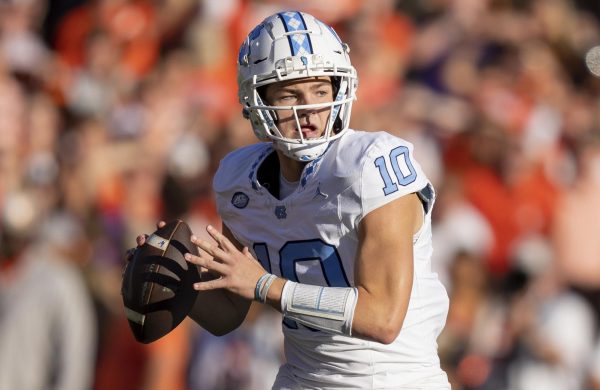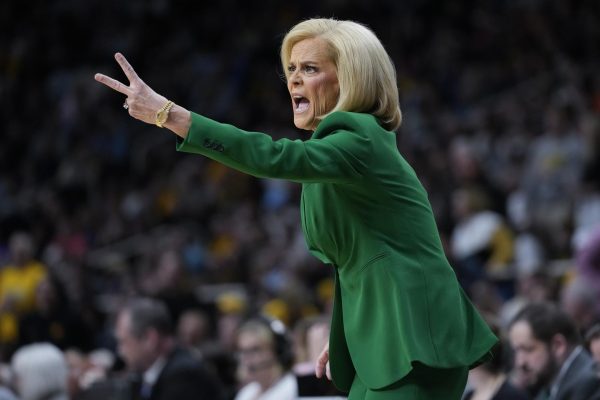NFL Rule Changes Mark New Era in Football: Extra Points and Concussion Protocol Highlight Early Weeks of Season
Another NFL season, another set of rule changes for professional football. Often dubbed the “No Fun League,” the NFL has taken flak from fans and players alike in the past for rule changes, whether that be restricting what players can wear, celebrating scoring plays or minimizing the frequency of kickoff return opportunities. Despite these past mistakes, 2015 appears to be a positive and progressive year in the NFL when it comes to rule changes. The focus the owners had when constructing the new rules revolves around making the game more exciting, fair and safe.
Perhaps the most notable change to the flow of the game is the movement of the extra point. Previously, the ball was always snapped from the two yard line when a team wanted to attempt a one point conversion by kicking the ball through the uprights. Now the ball has been moved back the 15-yard line, making the extra point the equivalent of a 33-yard field goal. While seeming a harmless change, the 33- yard extra point has a significant impact on the way teams see the score of the game. First, the extra point is no longer guaranteed. In the first week of the season, four kickers missed the point after touchdown. Last year, there were only eight missed extra points in the entire season. The secondary effect is the often ignored two point conversion is now relevant. Anyone who paid attention to the preseason exhibition games may have noticed that teams were eager to practice the two point play in a setting where the outcome of the game was irrelevant. While it is yet to be seen if the trend will continue into the regular season, the change gives coaches something to consider in tight games.
Many will remember the shock and grief of the Dallas Cowboys in last year’s NFC divisional playoff game when wide receiver Dez Bryant appeared to make an amazing, game-saving catch that was eventually called back. Unsurprisingly, the anger and confusion spurred the owners to approve of a revision of what is defined as a catch. The vague term “football move” was removed from the definition, and new emphasis has been placed on the receiver exhibiting control of the ball while falling to the ground. This should present itself as a positive move forward as the season progresses, giving less cause to debate passing plays.
The final changes revolve around player safety. Safety is not very exciting to the majority of the NFL’s viewership, but very important to the future of the NFL and its players. Extra protection has been given to players who are defenseless to brutal hits, specifically receivers catching a pass and defenders who are blocked from the blindside. In addition, a third party medical staff has been placed at every game to enforce the league’s new concussion protocol, forcing a timeout should a player be suspected of having a head injury. These doctors have already been busy so far this year with high profile players such as Panthers linebacker Luke Kuechly suffering concussions in week one.








